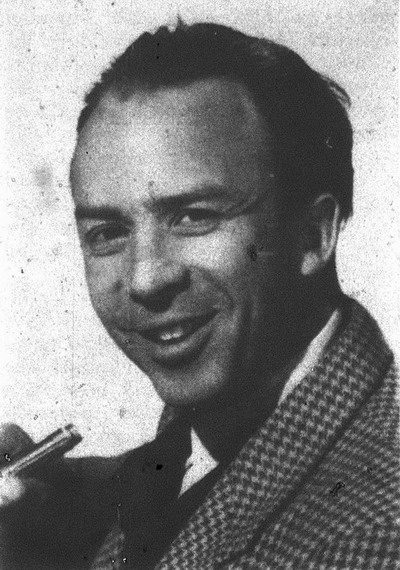
As TV’s Mister Question Man, I get many queries. All of them are carefully tabulated and filed. Some are even read.
Today’s queston comes from a Mr. Joe Thistel of Orange, New Jersey:
Dear Mister Question Man. Nobody remembers this show but me — not even my cousins who are mostly older than me. It was a Saturday cartoon staple — running in between shows — it was called Pick a Letter with George Fare. He was an artist that would pick a letter, say “R” and then draw this elaborate cartoon with things that started with “R.” Why doesn’t anyone remember this? You, Diver Dan, are my only hope.
Thanks you for your question Joe. Mister Question Man does indeed remember this simple, haunting little Canadian series. Correct name: Pick a Letter with George Feyer.
I’m pretty sure that the series featured jaunty-little harmonica music. It was shown in Toronto in the sixties as part of “Cartoon Playhouse,” a collection of Canadian animated shorts airing every weekday morning on what is now the Toronto CTV affiliate CFTO. The New Adventures of Piniocchio and Tales of the Wizard of Oz — two early ’60s TV efforts from Rankin-Bass (producers of the annual holday favourite Rudolph the Red-nosed Reindeer) — were part of the Playhouse mix. Another was Pick a Letter with George Feyer.

Other contemporary, weird-ass TV kiddie fare around this time were the plastercine adventures of Gumby, Clutch Cargo (a disturbing knock off consisting of still pictures with human mouths superimposed to deliver the dialogue), the barely animated Rocket Robin Hood as well as Hercules and, yes Joe, Diver Dan. The latter was shot through a fish tank, with a guy in a deep sea diving suit walking around a studio in Philadelphia talking to wooden marionette fish.
Pick a letter, by comparison, was high art. It consisted of short, maybe five-minute sements. Each opened just as you remembered it Joe, with Feyer “drawing” a capital letter inside a sketch of an oval frame or mirror. Then a series of quickly-rendered images starting with the same letter appeared on screen. I’m pretty sure the series was in black and white, although, back then, everything was black and white on my parent’s 18-inch Marconi.
advertisement
Born in Hungary, Feyer arrived in Canada in 1948. He gained fame on Canadian television in the ’50s. He was also, as a cartoonist, a contributor to Maclean’s magazine.
Along the way he became close friends with author, TV personality (Front Page Challenge) and one time Maclean’s editor Pierre Berton, who penned the forward to a thin book of Feyer’s sketches called “George Feyer’s Stamp Book.” The New Yorker-like illustrations inside consisted of actual stamps juxtaposed with Feyer’s clever doodles.
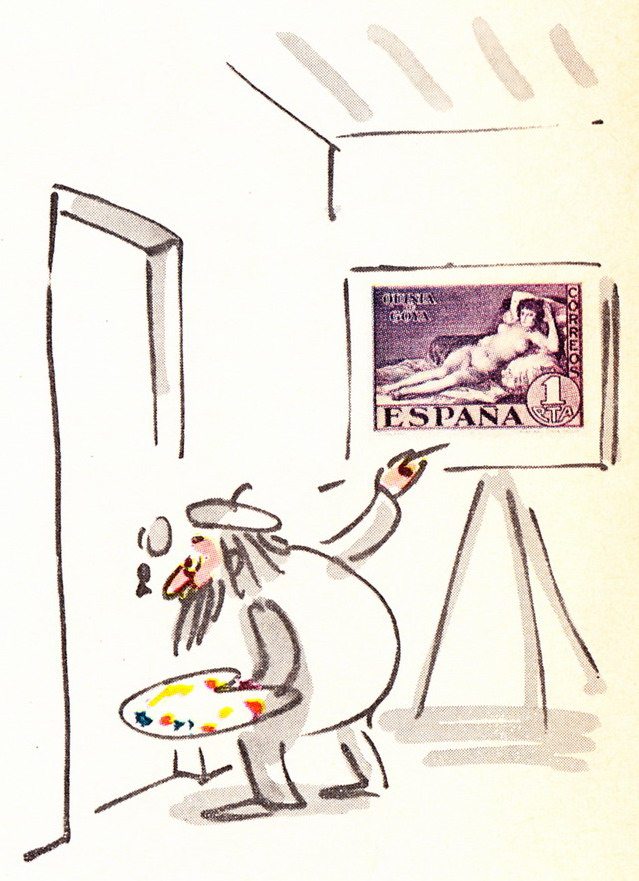
“George was a man who looked like one of his cartoons,” wrote Berton. “He was small of stature, soft of voice, mild of manner and he had a Hungarian accent.” Berton added that Feyer was also “one of the best-read men I’ve ever met.”
But he was also, apparently, one of the saddest. As a youth on Budapest, Feyer survived both the Nazi and Communist invasions. Conscripted by the Nazi’s he was sent to the Russian Front, a horror which he eventually fled from and deserted. For the better part of a year, wrote Berton, “he feigned insanity.” He also became highly skilled at forging passports for himself and others.
Fleeing Hungary for good during the Communist invasion, he quickly established himself as an inventive man in Canadian media circles. Berton writes that Feyer invented ways in which human action and animation could be melded together before a camera. This must have been a technique used on Pick a Letter, where Feyer could be seen magically drawing sketches on screen. The doodles accompanied verses written by former schoolteacher and CBC veteran Charles Winter.
Around this same time Feyer used to demonstrate his quick-draw skills live in Toronto in personal appearances during the Canadian National Exhibition.
Feyer was lured to Los Angeles in 1964 to work in television. He did well there, appearing as a guest on shows hosted by Roger Miller, Mort Sahl, and Danny Kaye.
A failed marriage and the terror of his early years — as well as, according to one source, a grim medical diagnosis — eventually caught up with him. He died of a self-inflicted gun shot wound in March of 1967. Berton wrote his obituary, and described how his friend was found alone, after “almost four days, surrounded by his work — drawings everywhere.” He was 46.

Today, Feyer is all but forgotten. As regular readers here know, I collect 16mm films, especially TV shows from the ’60s and ’70s. I have a 16mm episode of Tales of the Wizard of Oz, and I’ve seen colour copies of The New Adventures of Pinocchio for sale on eBay.
I’ve looked and looked and looked, but I have never, ever seen any trace of Pick a Letter with George Feyer. The good news Joe is that the series did absolutely exist. If anybody out there knows where it can be seen today, please leave a comment for Mister TV Question Man.


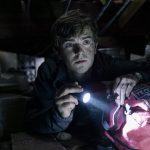


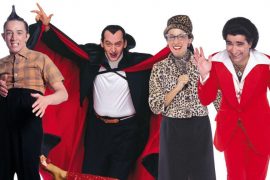
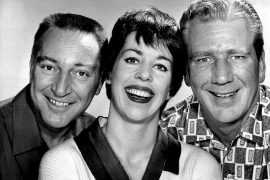
3 Comments
Thank you for the memories of George Feyer. You are right about the jaunty harmonica music playing through the whole cartoon, though the theme music that played over the opening titles was taken from the incidental music from The Adventures of Ozzie and Harriet. The music from that sitcom was more various than the music on most other shows, and several other TV shows–including The Donna Reed Show and the original Siskel and Ebert “At the Movies”–took their themes from Ozzie’s show. I mention Pick a Letter in my recent biography of Ozzie (p. 105).
Remeber Feyer well from Saturday morning on Ch. 9. This clip on CBC after his death with him in full gear as a cartoonist.
https://www.cbc.ca/player/play/2406842334
Thanks for all this background . I had no idea it had US distribution. I remember watching this daily starting as a 3 1/2 year old , not too far from the studio where it was produced. George inspired me to work in a creative field, advertising. . Ironically 30 years later I wound up working there . I believe they also produced a show called )The Adventures of Hawkeye ‘. It was supposed to be a pre settled Hudson Valley NY but it was shot in Pickering Ontario . It seems unbelievable today as it’s basically a suburb of Toronto now. And yep, Rocket Robin Hood was a combination of still frames and the odd animation thrown in :). Kids knew but if it was the only animation option on at the time , it’s fine. The Littlest Hobo , a Canadian Lassie was shot there too .